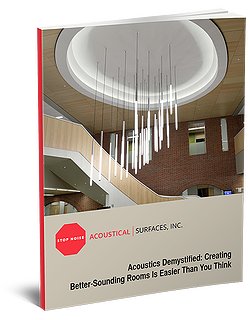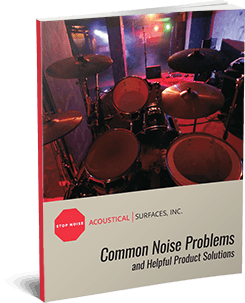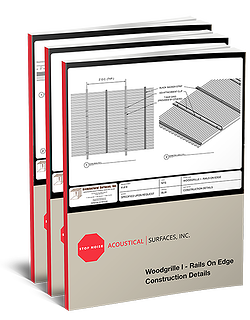Office Acoustics
So you’ve got office noise problems, huh? Well I have something for you… This was a little write up that I did as a case study for our website. Most situations are not going to be THIS bad, so even if you are experiencing some office noise issues, be glad that it’s not this bad…Feel free to E-mail me for high-res pictures.
Extreme Makeover: Workstation Edition
Alright, so it’s not all that “extreme” but I am told that the change to this work station is incredible. The work station shown above was built out of all hard surfaces, and before the acoustical treatment was applied, every conversation, no matter how soft and private, could be heard multiple offices away.
My wife’s office moved from a location in the west side of the twin cities to a building in downtown Minneapolis. They had the building set up to suit their needs and the support staff got their own work stations, rather than the cubicle field type open office plan. Unfortunately because the only “soft” surface in the stations is the carpet, it was like working in a small racquetball court.
I didn’t believe it, so I made the trip to the new office to see it for myself. The acoustic in the office was truly amazing. No matter how soft you spoke, your conversation could be heard amazingly well up to 30-40 feet away. Typically in a “cubicle” type office set up, the work stations are made by covering some kind of acoustically absorptive substrate with a decorative fabric. I’m sure you have seen, or are currently in one of those types of situations. This situation was much different.
Because my wife knows someone in the acoustics business, she was able to get some acoustical panels fabricated to meet her needs specifically. I decided to set her up with some of our tack-able fabric wrapped fiberglass panels in the 1 1/8″ thickness. I chose this option for a few reasons. The largest deciding faster was that I could have these panels made to fit her work station exactly, but more so because I could have them wrapped with a “pretty” fabric that would work well with the existing decor of the office. These panels are not only aesthetically pleasing, but they are also some of the most absorptive panels that we have to offer. Their NRC (Noise Reduction Coefficient) rating is .95, which is excellent for a one-inch thick panel. She also wanted to be able to use the panel as a tack board, so before the fabric was applied, we laminated an 1/8″ thick, highly compressed fiberglass layer to the standard 6-7lb density fiberglass core. This layer gives a thumb tack much more fiberglass around it so that it will stay tacked. She chose the half-beveled edge option and I had the edges chemically hardened simply for abuse resistance.
After a few men from the building put the panels up, I received an E-mail that said “They are up! It was weird walking in the first time…like it was a dead zone or something. I have pics…I will upload and send now.” She reported that it was a MUCH more comfortable space to be in because it “felt cozy” as she put it. A few co workers walked into the space to check it out, and they could not believe the difference.
It is my hope that the rest of the staff wants these panels put in their work space as well so I can retire to Mexico.
The overall cost for the panels, including the upgrade to the Guilford Anchorage facing, the tack-able 1/8″ layer, and the two-part clips for installation was around $500.00.





